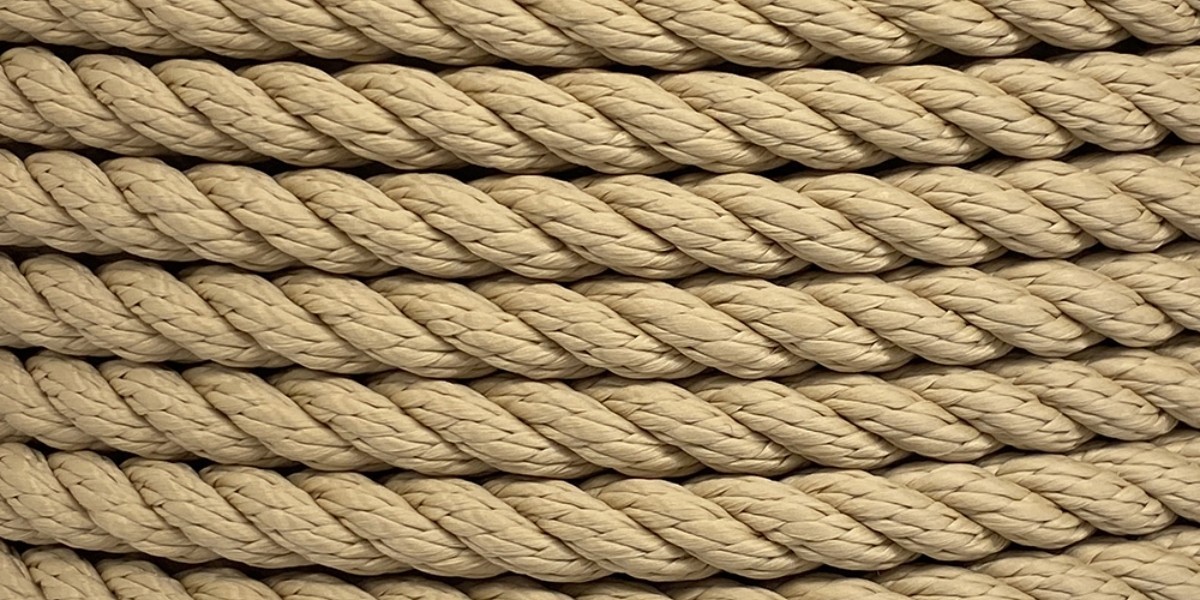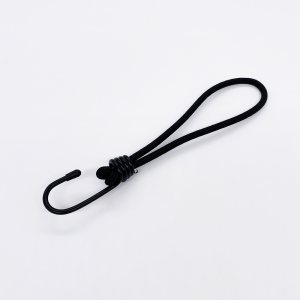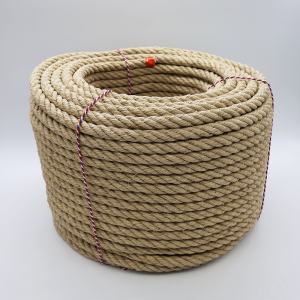
Polished hemp rope
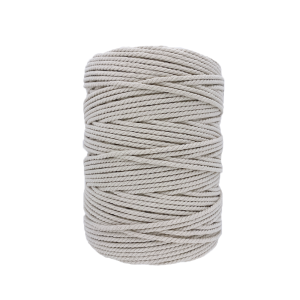

Macrame cotton rope - FR
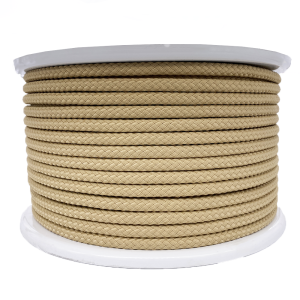

Polyester thermofixed braided rope
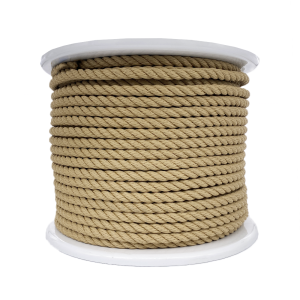

Polyester thermofixed rope
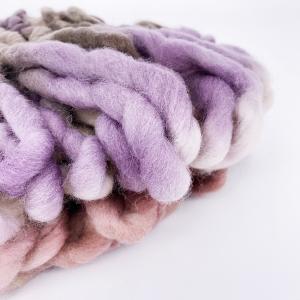
Chunky Superwash wool
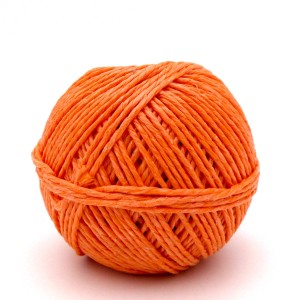

Polypropylene twine ***OUTLET***
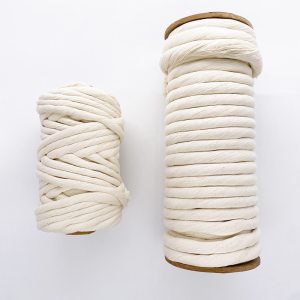

Cotton string XL
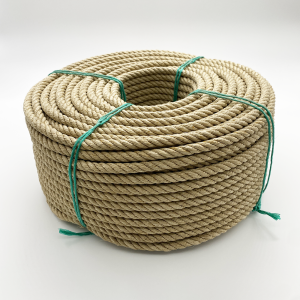
Polished hemp rope - Artisanal
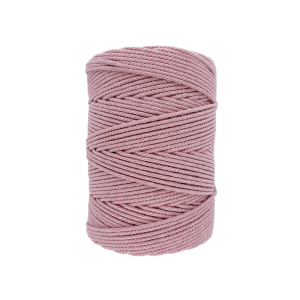

Coton macramé torsadé - Recyclé ***DESTOCKAGE***
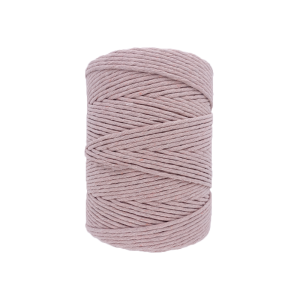

Coton macramé peigné - Recyclé ***DESTOCKAGE***
We answer you
Many natural fibres are used to make rope:
- hemp
- cotton
- sisal
- jute
- linen
- coconut fibre
The strongest material is hemp. The most used materials in decoration are cotton and jute.
- Polypropylene
- Textured polypropylene (synthetic hemp)
- Polyester
- Nylon (Polyamide)
- Polyethylene
- Steel
- Latex
The breaking strength of a rope varies according to its raw material, construction, density, and diameter.
The tensile strength is the tensile capacity of a new rope when it is new, static, straight, knot-free and splicing-free. A tolerance of +/- 7% is always applied for the breaking resistance of a rope. For safety, no more than 80% of the breaking load of a rope when it is new should be used.
Expressed in KG, it refers to the tension capacity at standstill (weight); while expressed in decanewton (DaN), it refers to the tension capacity in motion (weight x speed). The use of a rope reduces its breaking resistance.
The main factors that attenuate a rope’s strength are: moisture, UV rays, heat, frost, abrasion, knots, splicing and chemical agents.

